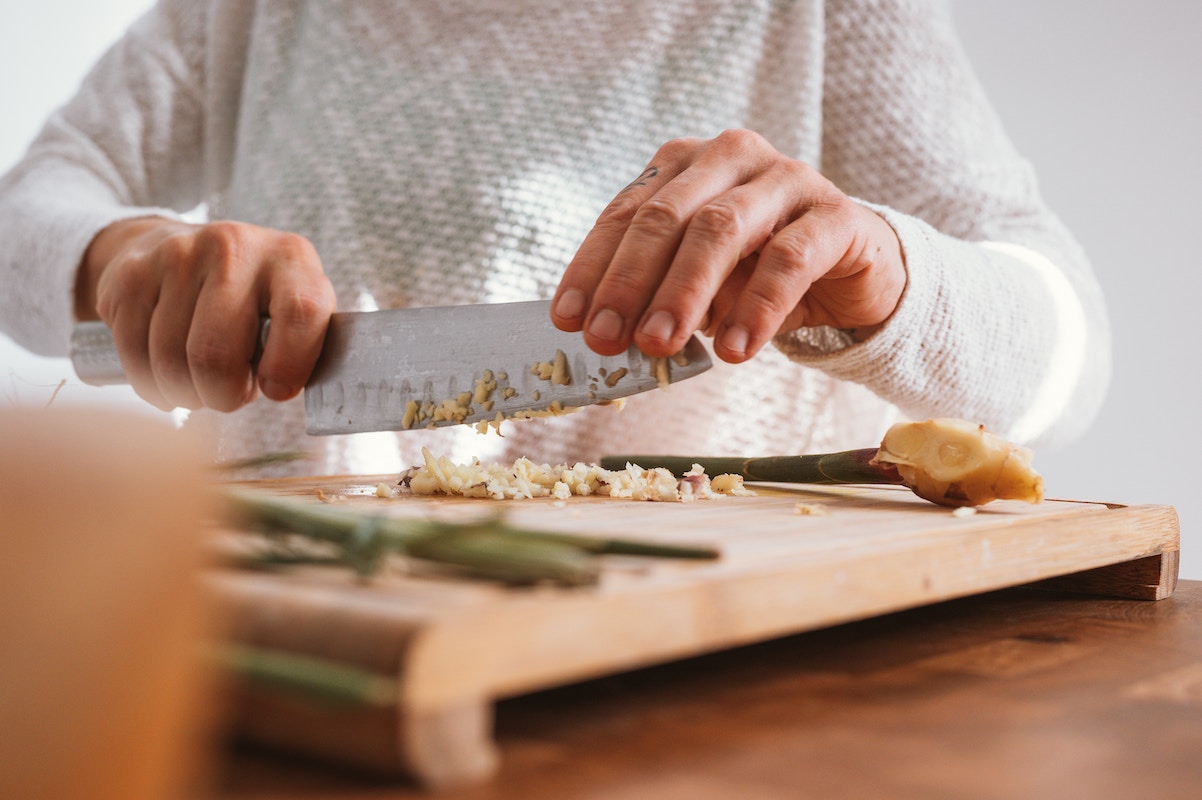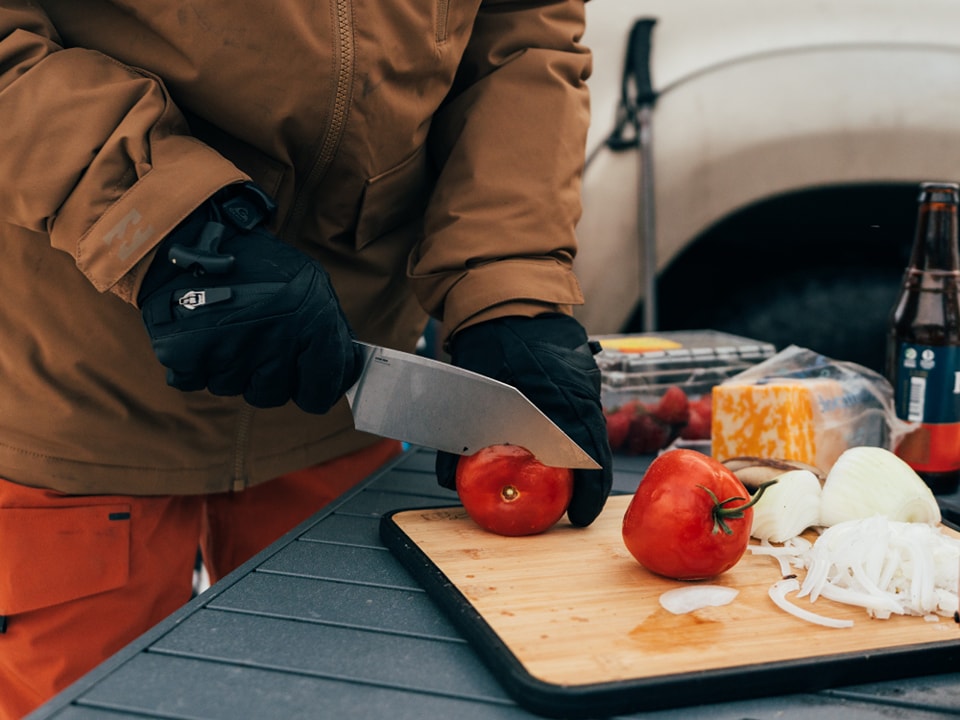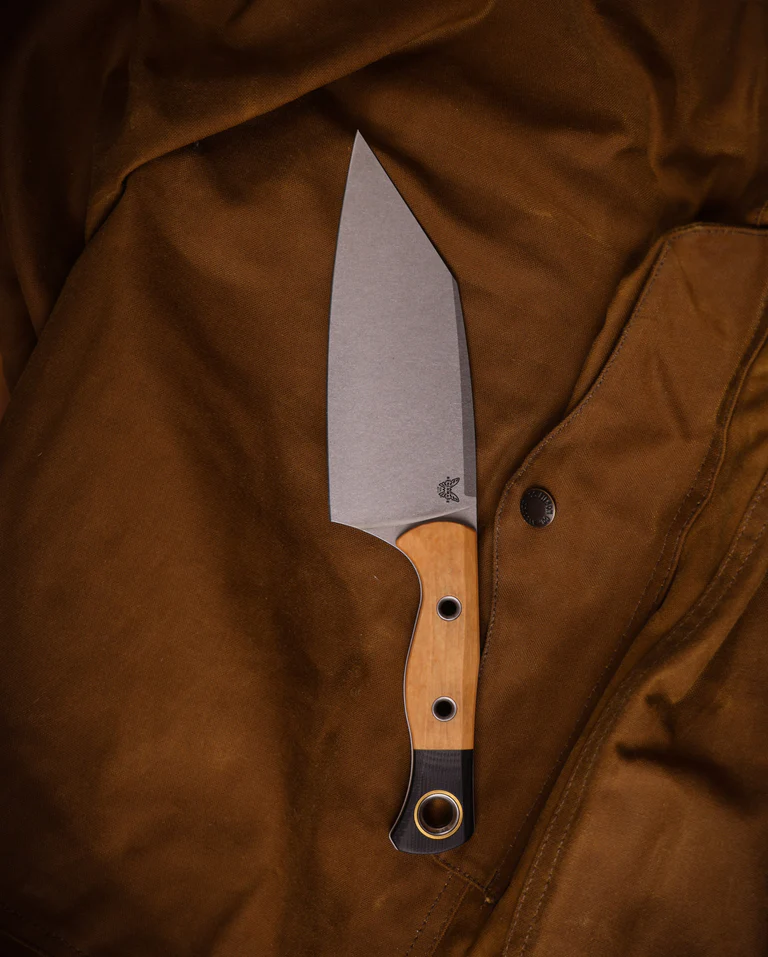In the culinary world, one of the most fundamental and essential skills is mastering the art of using a knife. From chopping and slicing to dicing and mincing, having solid knife skills not only streamlines the cooking process but also enhances your overall kitchen experience. In this blog post, we’ll dive into Knife Skills 101, covering everything from choosing the right knife to proper cutting techniques. Let’s embark on a journey to become a kitchen ninja with precision and finesse!
Choosing the Right Knife: A Chef’s Best Friend

Before we delve into the techniques, let’s talk about the tools of the trade. A well-equipped kitchen starts with a good set of knives. Here are three must-haves:
- Chef’s Knife: This versatile, all-purpose knife is a workhorse in the kitchen. With a broad, sharp blade, it’s perfect for chopping, slicing, and dicing a wide variety of ingredients.
- Paring Knife: Ideal for precision tasks, a paring knife has a narrow blade that excels at peeling, trimming, and intricate cutting.
- Serrated Knife: Featuring a toothed blade, a serrated knife is perfect for slicing through crusty bread, delicate tomatoes, and other foods with a tough exterior and soft interior.
Knife Handling: Grip and Control

Proper grip and control are the foundations of excellent knife skills. Follow these steps to ensure you’re holding your knife correctly:
- Pinch Grip: Hold the knife at the bolster (the point where the blade meets the handle) with your thumb and index finger, creating a pinch grip. This provides optimal control and precision.
- Secure Base: Rest the fingers of your other hand on the blade, creating a secure base for stability. Curl your fingertips slightly to avoid accidents.
Basic Cutting Techniques: Unlocking the Potential

- The Rock Chop: Mastering the rock chop is crucial for efficient chopping. Place the tip of the chef’s knife on the cutting board and rock it back and forth, moving the knife in a rocking motion while keeping the tip anchored.
- Julienne and Dice: For uniform cuts, practice julienning and dicing. Start by creating matchstick-sized strips (julienne) and then cross-cut them into small, even cubes (dice). This technique is perfect for vegetables and fruits.
- Chiffonade: Chiffonade is a technique used for slicing herbs or leafy greens into thin strips. Stack the leaves, roll them tightly, and then slice across the roll.
- The Claw Technique: To protect your fingers while chopping, use the claw technique. Curl your fingertips inwards and use your knuckles as a guide for the blade.
Knife Care: Nurturing Your Culinary Companion
Proper knife care ensures longevity and consistent performance. Remember these tips:
- Regular Sharpening: Keep your knives sharp with regular honing and occasional professional sharpening. A sharp knife is not only safer but also more efficient.
- Hand Washing: Avoid the dishwasher; instead, hand wash your knives with mild soap and warm water. Dry them immediately to prevent rusting.
- Proper Storage: Invest in a knife block, magnetic strip, or blade guards to protect your knives from damage and keep them easily accessible.
Knife Skills 101 is the key to unlocking your culinary potential and elevating your cooking game. With the right knives, proper techniques, and a commitment to practice, you’ll soon find joy in the art of precision cutting. So, grab your chef’s knife, hone your skills, and let the kitchen become your canvas for culinary creations. Happy chopping!





